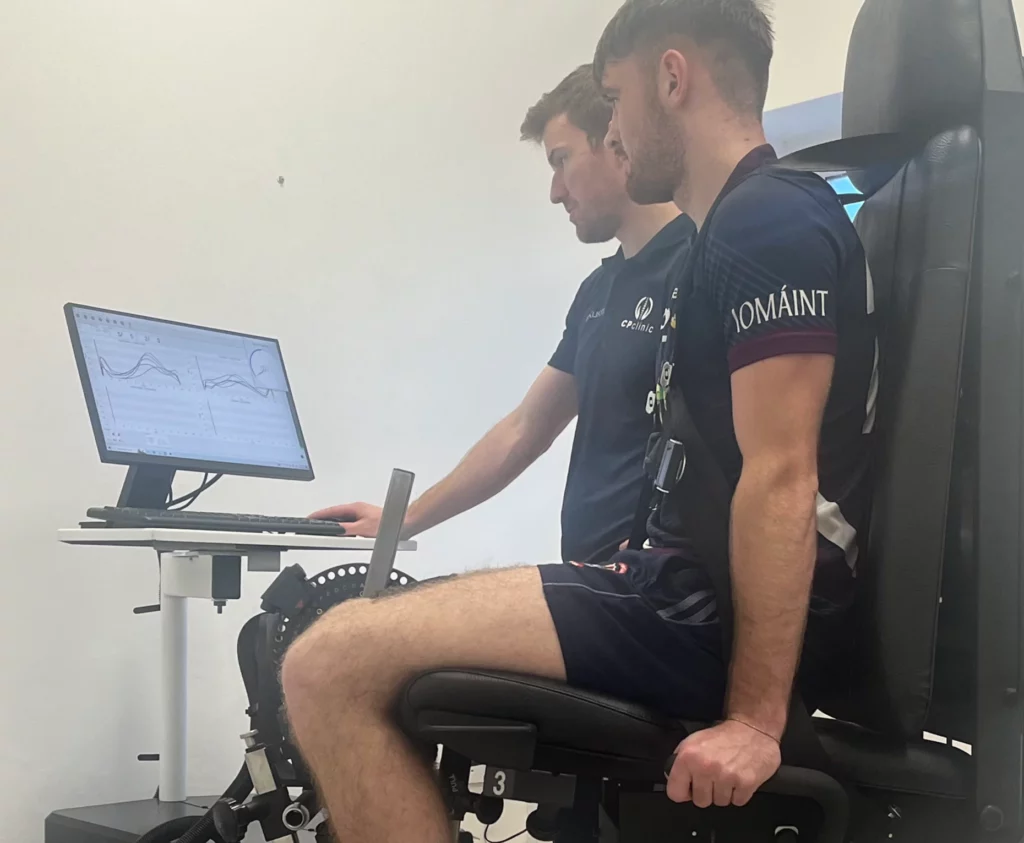Isokinetic Dynamometer Testing: A Gold Standard for Strength and Performance Assessment

In the world of sports science, rehabilitation, and musculoskeletal assessment, Isokinetic Dynamometer Testing has emerged as a crucial tool for evaluating strength, endurance, and muscle imbalances. This advanced method provides objective, quantifiable data, making it invaluable for clinicians, physiotherapists, and sports professionals.
What is Isokinetic Dynamometer Testing?
Isokinetic Dynamometer Testing measures muscle strength and endurance under controlled conditions, ensuring a consistent speed of movement throughout the test. Unlike traditional strength assessments, which can be affected by momentum and variability, isokinetic testing provides precise resistance that matches the user’s effort. This allows for the accurate assessment of muscle function across various joints, most commonly the knee, shoulder, and ankle.
How It Works
During the test, the patient or athlete performs a series of controlled movements against the resistance provided by the dynamometer. The machine continuously adjusts resistance to maintain a constant velocity, ensuring that the force applied by the muscles is measured at different points of the movement. This process helps to:
- Identify muscle imbalances
- Assess post-injury recovery progress
- Determine optimal training programs
- Prevent potential injuries by detecting weaknesses early.
Applications in Rehabilitation and Sports Performance
Rehabilitation: Isokinetic testing is widely used in physiotherapy to track recovery from injuries such as ACL tears, rotator cuff injuries, and post-operative conditions. The precise data obtained allows clinicians to tailor rehabilitation programs based on individual muscle deficits.
Sports Performance: Athletes benefit significantly from isokinetic assessments, which help in optimizing training programs to enhance strength, endurance, and muscle symmetry. Studies have shown that isokinetic training improves power output and reduces injury risks in high-performance athletes.
Advantages of Isokinetic Testing
- Objective and Reliable Data: The computerized system eliminates human error and provides highly accurate measurements.
- Customizable Testing Protocols: Different speeds and resistances can be adjusted based on the individual’s needs.
- Early Detection of Weaknesses: Helps identify potential problem areas before they lead to injury.
- Effective Progress Monitoring: Tracks rehabilitation and training outcomes over time.
Conclusion
Isokinetic Dynamometer Testing is an essential component of modern sports science and rehabilitation, offering unmatched precision in strength assessment. Whether for injury prevention, post-rehabilitation monitoring, or enhancing athletic performance, this technology provides critical insights that drive better outcomes.

